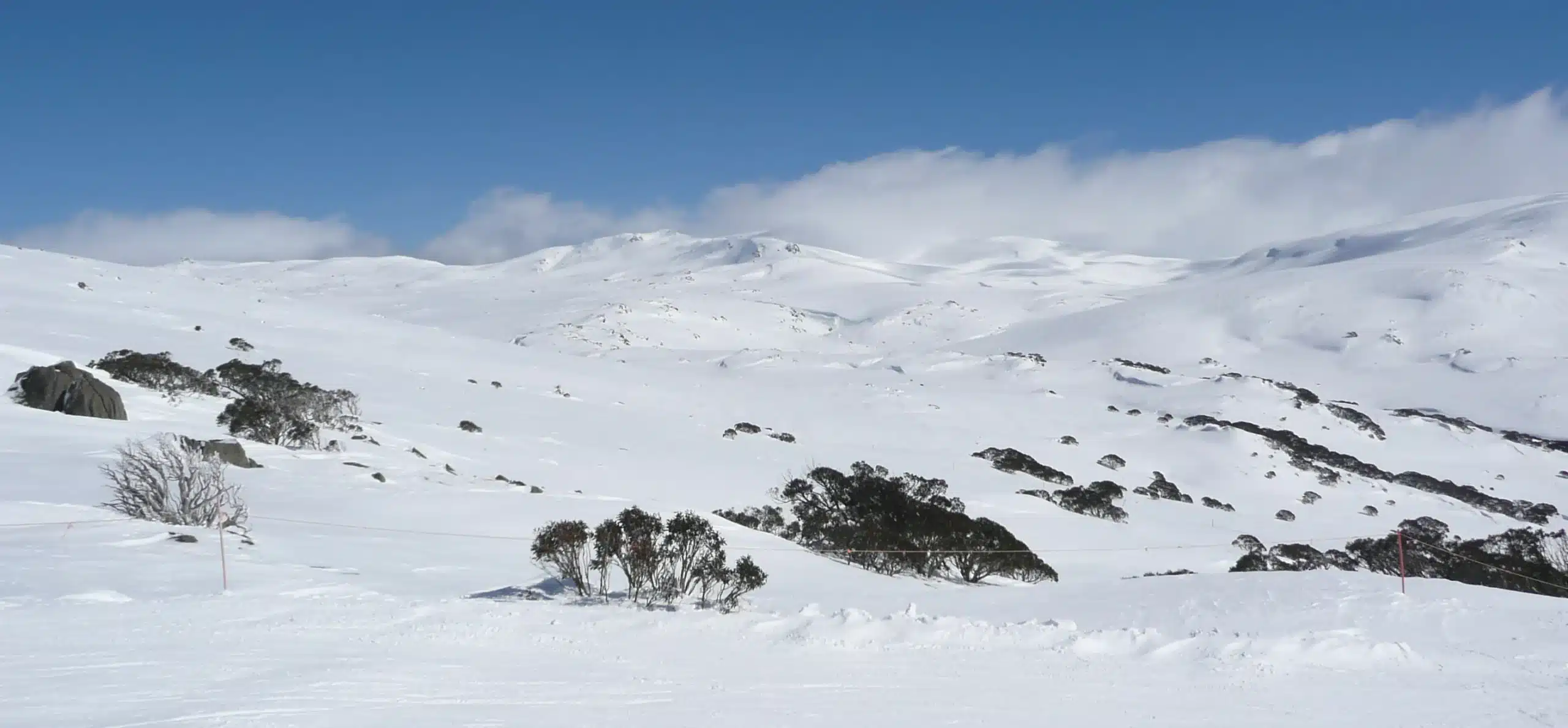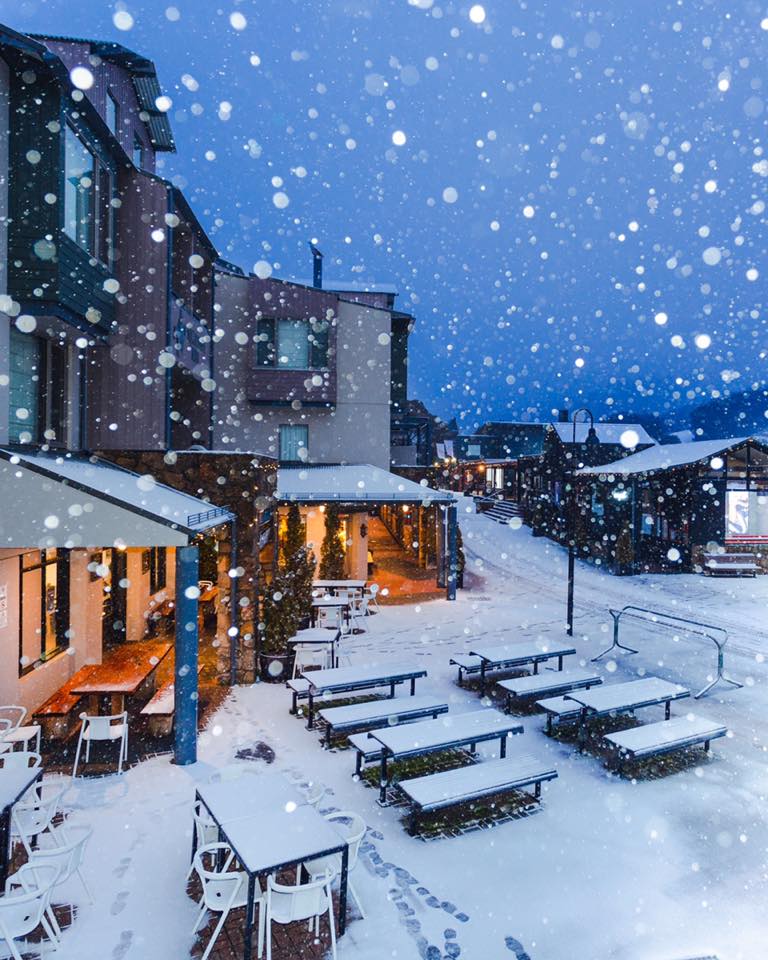Explore the Fascination Behind Snow In Australia and Its Mountainous Areas
Explore the Fascination Behind Snow In Australia and Its Mountainous Areas
Blog Article
Discover the Fascinating Results of Snow in Australia on Neighborhood Environments
In spite of its credibility for sun-soaked landscapes, Australia likewise boasts areas buried by snow-- a phenomenon that profoundly affects the nation's one-of-a-kind ecological communities. The protecting buildings of snowflakes safeguard flora and animals in the middle of the coldest wintertimes, while the melting snow nurtures rivers and water life. The real wonder lies in exactly how these wintry problems form the nation's biodiversity and nutrient cycles. As we untangle this intricate relationship, we locate ourselves treading on unexplored premises in Australia's high country.
The Unanticipated Regions of Snowfall in Australia
Although Australia is often linked with sun-scorched landscapes and sandy beaches, specific regions surprisingly experience snowfall. The high nation areas of New South Wales, Victoria, and Tasmania are particularly known for their winter season snow. The Snowy Hills in NSW, for example, receive bountiful seasonal snow, supplying a stark contrast to the nation's normal hot, arid environment. Meanwhile, the Victorian Alps and parts of Tasmania also see yearly snowfalls, changing the landscape right into a wintertime paradise. These locations are not just anomalies but essential parts of Australia's diverse climate system. The visibility of snow in these areas significantly affects regional environments, ultimately influencing the nation's special biodiversity. Nevertheless, the details influence on Australia's distinctive plants will be discussed in the following section.

Exactly How Snow Impacts Australia's One-of-a-kind Plants
While it might appear uncommon, snowfall in Australia plays an essential function fit the nation's distinct flora. The snow-filled winters foster resilience in Australian plant species. This is particularly obvious in the sub-alpine and alpine regions, where snow gums and hill plum-pines grow. These plants have actually advanced to make it through in extreme problems, with snow offering as a safety blanket from severe winds and freezing temperature levels. The snow likewise adds to the moisture content of the dirt, giving required hydration for plant during the dry summer season. In essence, the snow influences the timing of blooming and seed dispersal, the growth prices, and the survival of several plant species, showcasing the complex interplay in between climate and plants in Australia.

The Adjustments of Australian Animal to Snowfall
Equally as Australia's plants has actually adjusted to the wintery problems, the regional fauna as well, exhibit impressive adjustments to the snowfall. Species like the Hill Pygmy-possum, the only Australian marsupial understood to hibernate, have advanced techniques to endure in snowy settings. It makes use of the snow as insulation, hibernating in rock gaps beneath the snow to remain cozy. The Snow Skink, a species of reptile, alters its colour to white throughout winter months, offering camouflage against predators. Birds such as the Snowy Hills' Crimson Rosella likewise adjust their diet regimens to eat available food resources throughout chillier durations. Therefore, regardless of the severe problems, Australian animals shows a resilient and adaptive nature, guaranteeing their survival in regions experiencing snowfall.
The Duty of Snow in Forming Local Ecosystems
In shaping the local ecosystems, the role of snow in Australia is both multilayered and extensive. Snow supplies an important water resource, feeding rivers and storage tanks as it thaws, therefore sustaining a selection of marine life kinds. The presence of snow forms the greenery patterns, pet actions, and total sustainability of Australia's special ecosystems.

The Future of Snowfall in Australia: Forecasts and Effects

Offered the vital duty snow plays in shaping neighborhood environments, the future of snowfall in Australia is attracting enhancing focus from scientists and ecologists. Existing environment models predict a significant reduction in snowfall as a result of international warming, with possibly extensive influence on regional environments. Much less snow could cause lowered water schedule in towering areas, detrimentally impacting wildlife habitats and plant life. It can change the timing of seasonal modifications, click here now interrupting the life cycles of many indigenous types. The tourist sector, greatly dependent on the wintertime snow period, may also encounter considerable obstacles. For that reason, understanding these predictions and their ramifications is essential to establish efficient preservation methods, making sure the preservation of Australia's distinct biodiversity and the sustainability of its economic climate.
Conclusion
The function official source of snow in Australia's ecosystems is pivotal yet commonly ignored. Therefore, the snow in Australia is a lot more than an all-natural phenomenon; it's a crucial player in the nation's ecological click to investigate story.
In spite of its track record for sun-soaked landscapes, Australia additionally boasts regions blanketed by snow-- a phenomenon that exceptionally affects the country's special environments. It makes use of the snow as insulation, hibernating in rock holes under the snow to remain cozy - Does It Snow In Australia.In forming the neighborhood environments, the role of snow in Australia is both extensive and multilayered. The existence of snow forms the plants patterns, pet actions, and total sustainability of Australia's one-of-a-kind ecological communities
Given the important function snow plays in shaping neighborhood communities, the future of snowfall in Australia is drawing raising interest from conservationists and scientists.
Report this page